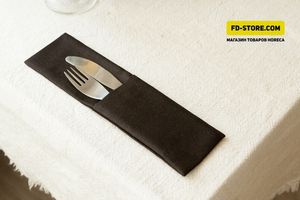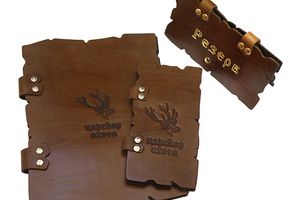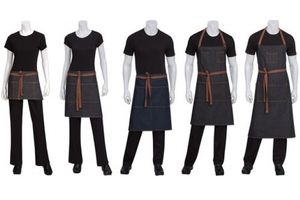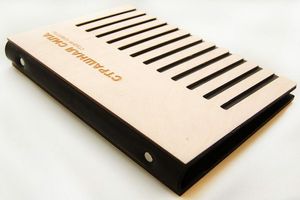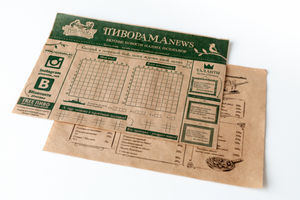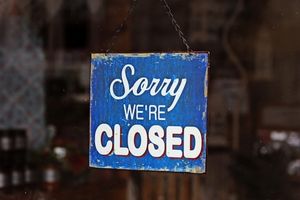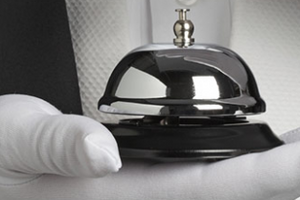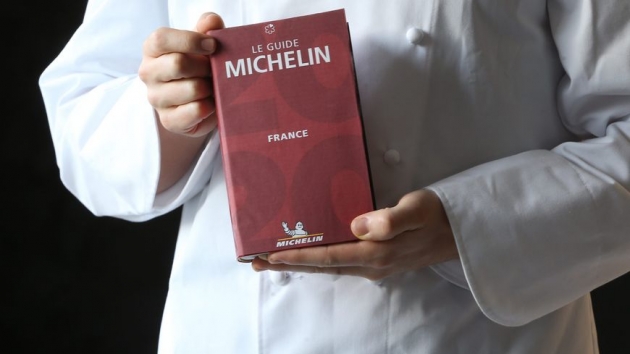
The best restaurants according to Michelin.
The first guide was published back in 1900 by André Michelin, one of the founders of the Michelin company. The guide was originally a list of different places that a traveler might need, for example: hotels, workshops, cafes or car parks. The guide was distributed free of charge and was in moderate demand. In 1920, the guide was already sold, and a rating of restaurants was also added to it, depending on prices. Thus, restaurants with high prices had one star.
But in 1926, the policy of the Michelin guide changed dramatically and the famous star next to the name of the restaurant became a sign of excellent cuisine. In the early 30s, the publishers decided to add two more stars.
How should we understand the “star” rating of a restaurant:
— a very good restaurant in its category (meaning the type of cuisine).
- excellent cuisine.
- excellent work by the chef.
All criteria for awarding the rating are shrouded in mystery and darkness of the company and are not disclosed to the public, but the main criterion is known - and this is the kitchen. According to Michelin, atmosphere, service, music, interior design and price range are all secondary to the cuisine of a restaurant. The Michelin guide does not consider branded restaurants and restaurants without signature cuisine (that is, without a chef).
The country with the record for “star” restaurants is France (620 restaurants), and the most restaurants with three stars are in Japan.
The mere fact of a restaurant being mentioned in the Michelin Red Guide (even if your restaurant was not awarded a star) is recognition of the chef’s skill and can become a powerful impetus to commercial success.
Material taken from Wikipedia.











